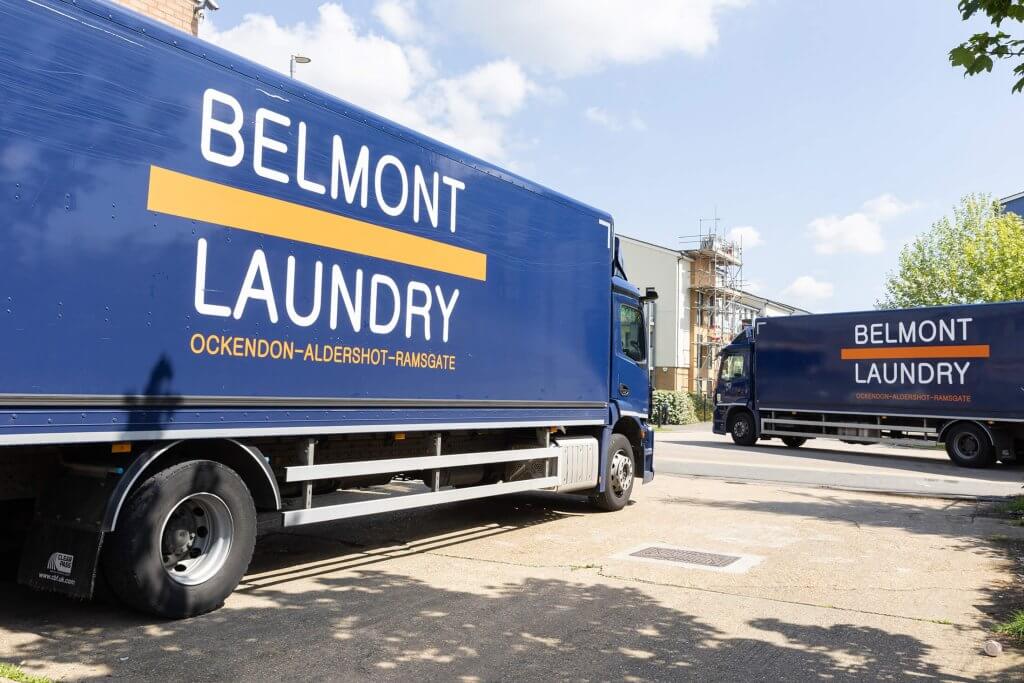

RFID

RFID (Radio Frequency Identification) technology supports sustainability in industrial laundries in several powerful ways:
1. Reduces Textile Waste
- Tracking lifespan: RFID tags monitor how often an item is washed and used. This helps predict wear-and-tear and extends usage by rotating stock efficiently.
- Preventing loss: Misplaced or mixed-up linens and uniforms are minimized, reducing the need to replace them prematurely.
2. Saves Water and Energy
- Load optimization: RFID enables more accurate sorting and load balancing, preventing under- or over-loading machines, which wastes water and energy.
- Process efficiency: Items with special care instructions can be automatically sorted to the correct wash cycle, avoiding re-washes or damage.
3. Lowers Chemical Usage
- Cycle precision: Garments and linens tagged with RFID can be routed to the appropriate washing program, using only the necessary amount of detergent and disinfectant.
4. Improves Inventory Management
- Real-time data: RFID allows precise tracking of inventory in and out of circulation, which means less over-ordering and over-washing.
- Reduced overproduction: Better management of inventory reduces the need to constantly purchase or produce excess textiles.
5. Extends Product Life
- Condition-based rotation: RFID helps rotate items more evenly, ensuring no single batch wears out prematurely—reducing replacement demand and resource use.
Summary:
RFID enhances efficiency, reduces waste, and supports smarter resource use, making it a key technology for driving sustainability in industrial laundries.
